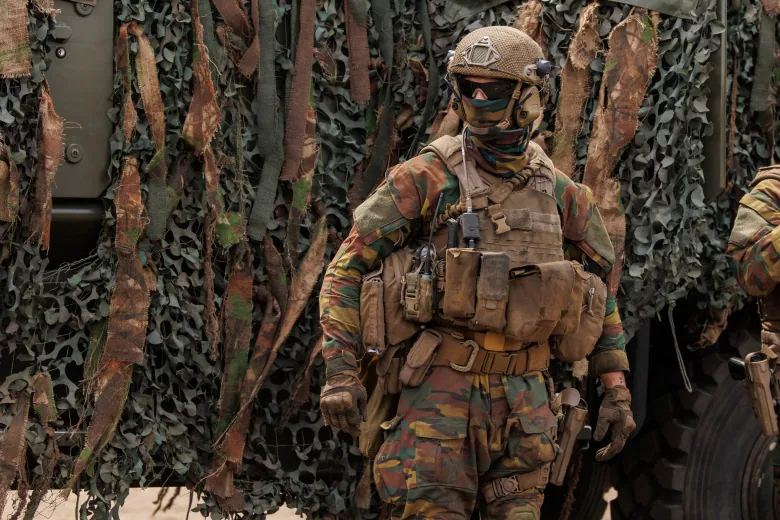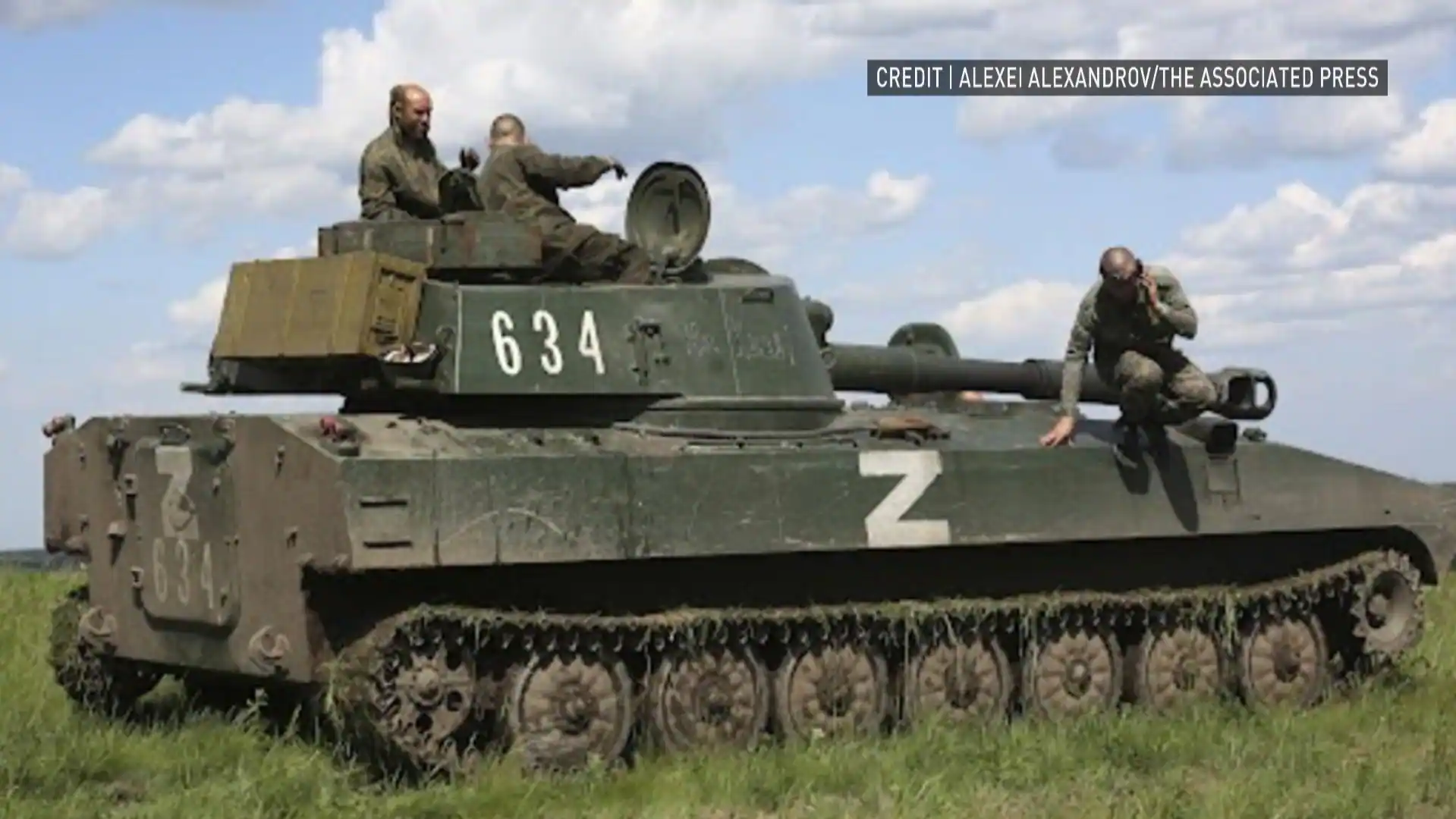NATO will increase the strength of its rapid reaction force nearly eightfold to 300,000 troops as part of its response to an “era of strategic competition,” the military alliance’s secretary general said Monday.
The NATO reaction force (NRF) currently numbers around 40,000 soldiers that can deploy quickly when needed. Foreign Minister Anita Anand said in late March that Canada had up to 3,400 troops ready to serve with the NATO Response Force, made up of a mix of army, air force and naval personnel.
Coupled with other measures including the deployment of forces to defend specific allies, NATO Secretary General Jens Stoltenberg said the move is part of the “biggest overhaul of collective defence and deterrence since the Cold War.”
“These troops will exercise together with home defence forces,” Stoltenberg said. “And they will become familiar with local terrain, facilities and our new pre-positioned stocks so that they can respond smoothly and swiftly to any emergency.”
In response to the Kremlin’s decision to start the war, U.S. President Joe Biden and his NATO counterparts agreed in February to send thousands of troops, backed by air and naval support, to protect allies near Russia and Ukraine. The 30-nation organization decided at the time to send parts of the NRF and elements of a quickly deployable spearhead unit to the alliance’s eastern flank, marking the first time the force had been used in a defence role.
Stoltenberg made the remarks at a press conference ahead of a NATO summit later this week in Madrid when the 30 allies are expected to also agree on further support to Ukraine in its war against Russia.
Stoltenberg said he expects allies to make clear they consider Russia “as the most significant and direct threat to our security.” At the summit, allies will also decide to strengthen their battlegroups on NATO’s eastern flanks, he said.

In NATO’s new strategic concept, the alliance is also expected to address for the first time the security challenges posed by China, Stoltenberg said. In Madrid, allies will discuss how to respond to the growing influence of Russia and China in their “southern neighbourhood,” he said.
Stoltenberg said allies will agree to deliver further military support to Ukraine when they convene in Spain, with NATO members set to adopt a “strengthened comprehensive assistance package,” including deliveries of secure communication and anti-drone systems.
Over the long term, Stoltenberg said allies aim to help Ukraine transition from Soviet-era armaments to modern NATO equipment. The world’s seven leading economic powers underscored Monday their commitment to Ukraine for “as long as it takes.”
Canadian increase in defence spending noted
NATO also released new defence spending figures showing that U.S. allies in Europe as well as Canada have increased defence spending for an eighth consecutive year.
“By the end of the year, they will have invested well over $350 billion US extra since we agreed on our defence investment pledge in 2014,” Stoltenberg said.
NATO countries slashed their military budgets in the 1990s following the end of the Cold War, but upped spending when Russia annexed Ukraine’s Crimean Peninsula in 2014. In that year, NATO allies also pledged to reach a defence budget target of two per cent of their gross domestic product by 2024.
“Two per cent is increasingly considered a floor, not a ceiling,” said Stoltenberg.
He said that nine members now meet or exceed that benchmark.
Canada is still short of the median mark among alliance members, with the defence expenditures tabulated at 1.27 per cent of GDP.
See the NATO defence expenditures by country:
Impasse over Sweden, Finland bids
Another central theme at the NATO summit will be the possibility for Finland and Sweden to join the alliance following Russia’s invasion of Ukraine.
NATO member Turkey has so far blocked the applications, citing what it considers to be the two countries’ soft approach to organizations Turkey considers to be terrorist, such as the Kurdistan Workers’ Party, or PKK.
WATCH | Russia has gained in territory, but at great expense: analyst:
Russia has seized a big chunk of Eastern Ukraine but at a ‘massive price,’ says British defence analyst Nicholas Drummond. And the West has to help Ukraine keep up that cost so Russia will quit the war.
Turkey is demanding that Sweden and Finland grant extradition requests for individuals who are wanted by Turkish authorities. Ankara claims the countries are harbouring PKK members as well people it says are linked to a failed 2016 coup.
Turkey also wants assurances that arms restrictions imposed by the two countries over Turkey’s 2019 military incursion into northern Syria will be removed.
The Current15:34Why Turkey is objecting to Sweden and Finland joining NATO
Turkey is objecting to Sweden and Finland’s bid to join NATO. We talk to Steven Erlanger, the chief diplomatic correspondent in Europe for the New York Times; and Aslı Aydıntaşbaş, a senior fellow at the European Council on Foreign Relations.
Stoltenberg said that Turkish President Recep Tayyip Erdogan, Finnish President Sauli Niinisto and the Swedish Prime Minister Magdalena Andersson have agreed to meet on the sidelines of the summit.
“We have worked hard since Finland and Sweden applied for membership to ensure that they can join the alliance as soon as possible,” Stoltenberg said. “I will not make any promises, but I can assure you that we are working actively to ensure progress because the application of Finland and Sweden to join NATO, they are historic.”
Reference-www.cbc.ca
